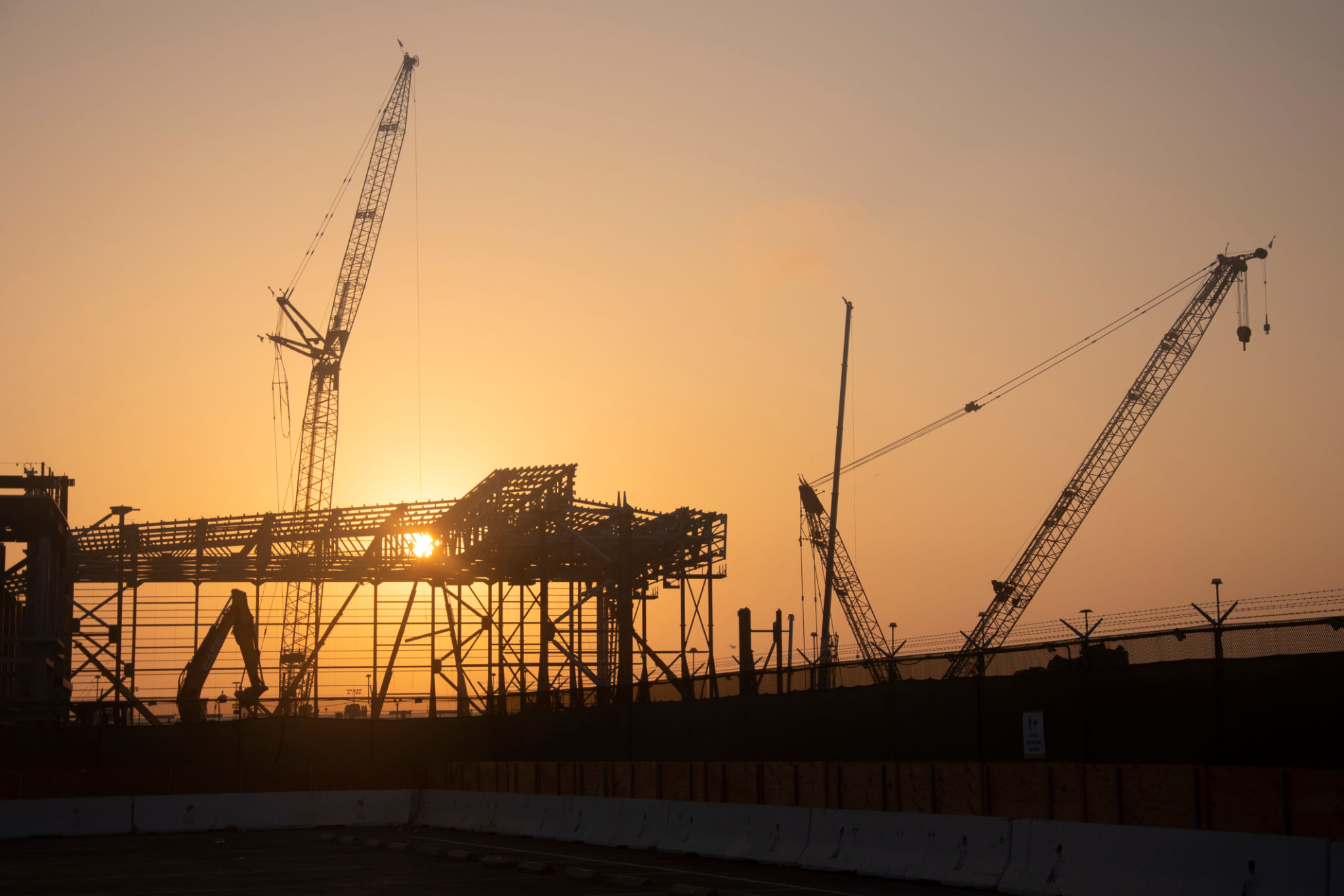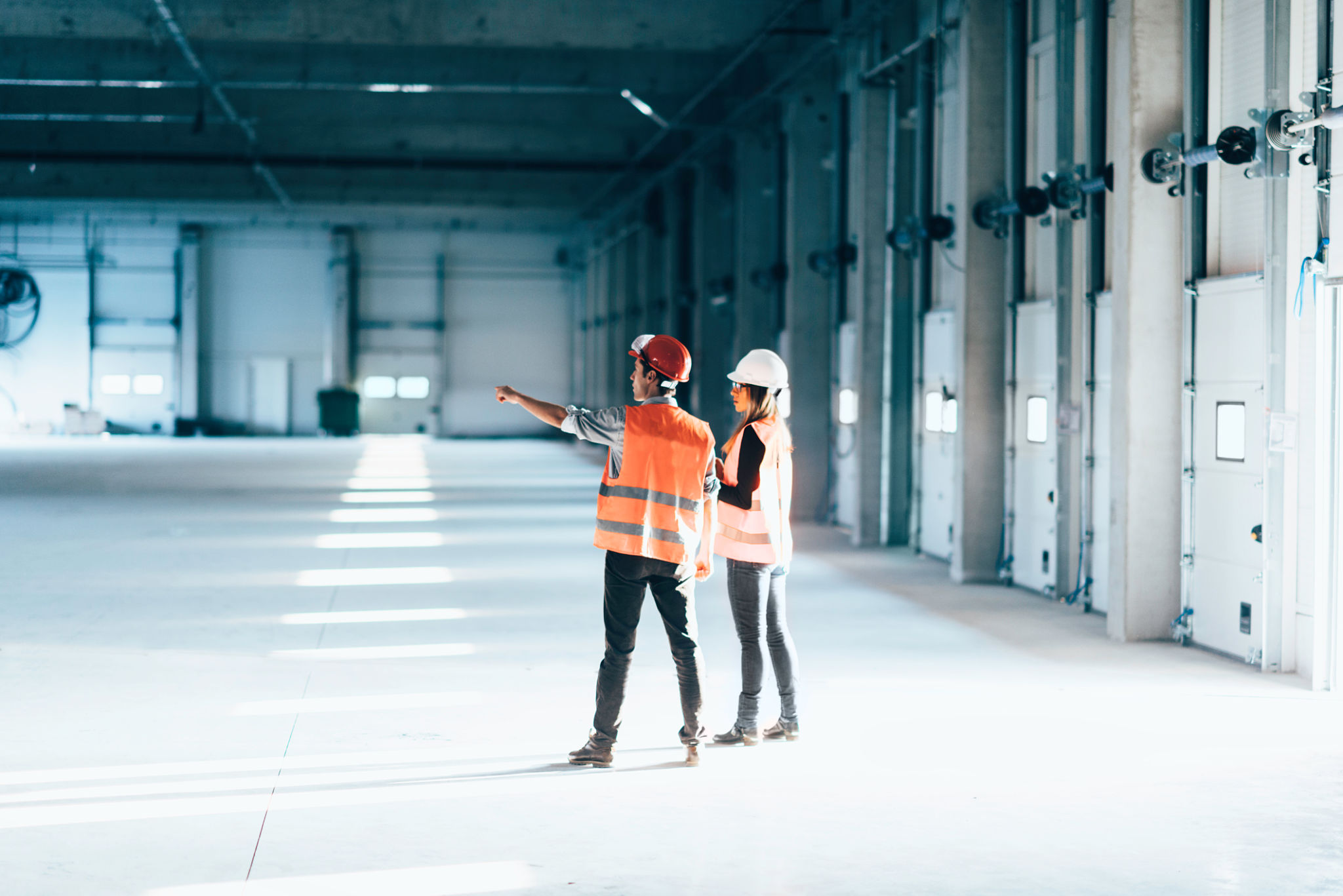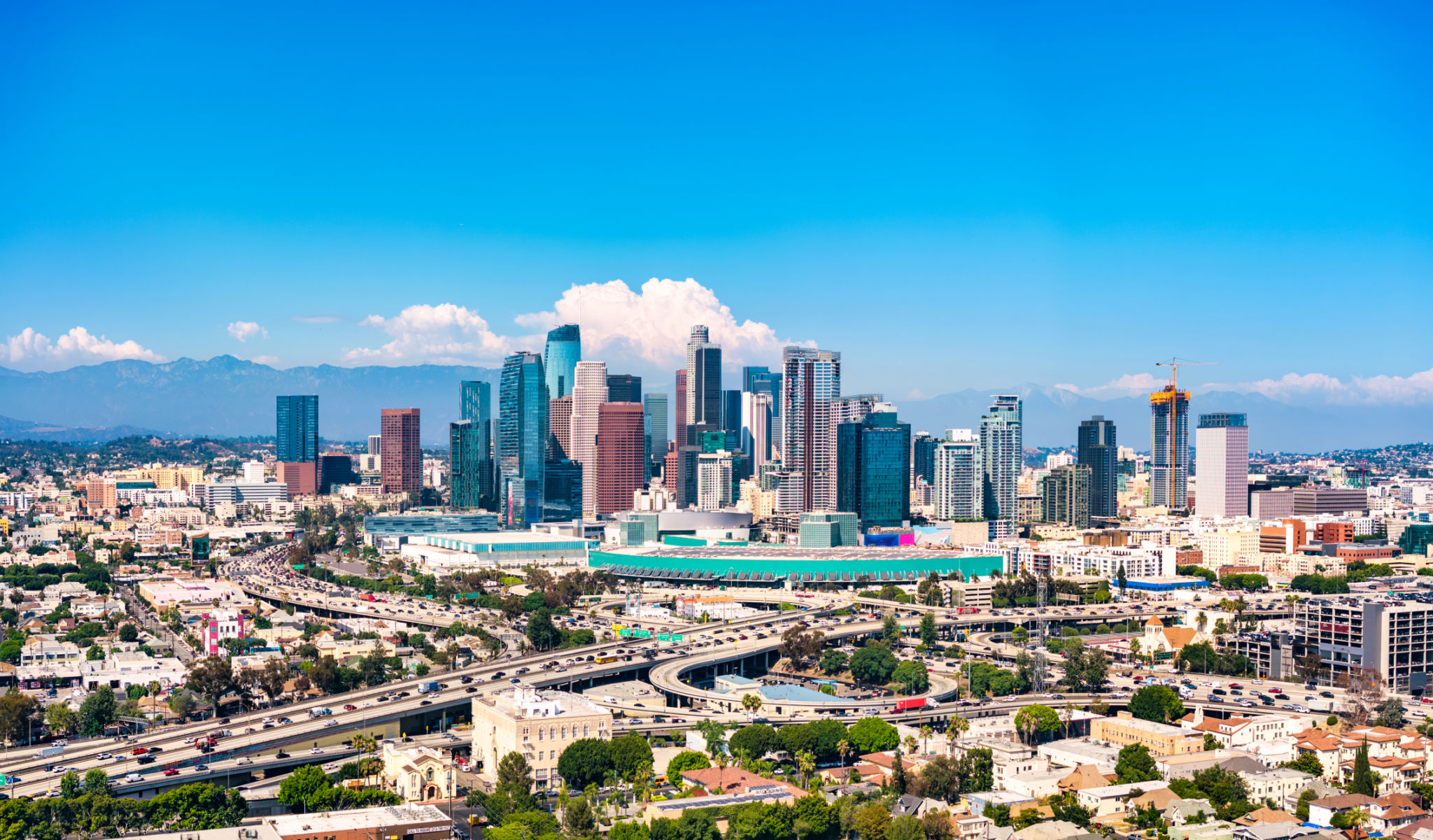Understanding Local Building Inspection Regulations in Los Angeles
Introduction to Building Inspection Regulations
Understanding local building inspection regulations is crucial for anyone involved in construction or real estate in Los Angeles. These regulations ensure that buildings are safe, accessible, and environmentally friendly. Compliance not only protects the occupants but also enhances the longevity and value of the property.
Building inspections have become more comprehensive over the years, reflecting advances in construction technology and safety standards. For anyone planning a construction project in Los Angeles, familiarizing yourself with these regulations is essential to avoid costly delays and penalties.

Key Agencies and Their Roles
Several key agencies oversee building inspections in Los Angeles, each with specific roles and responsibilities. The Los Angeles Department of Building and Safety (LADBS) is the primary authority responsible for enforcing building codes and standards. They ensure compliance through plan checks, permit issuance, and field inspections.
In addition to LADBS, the Los Angeles Fire Department conducts inspections related to fire safety, while the Department of City Planning reviews projects to ensure they align with zoning laws and city planning objectives.
Specialized Inspections
Certain projects may require specialized inspections, such as those involving historic buildings or structures subject to seismic regulations. Understanding which inspections apply to your project can help streamline the approval process and ensure full compliance.

The Inspection Process
The building inspection process typically follows a series of well-defined steps. Initially, plans and specifications are submitted to the LADBS for review. Once approved, a permit is issued, allowing construction to begin. During construction, inspections are conducted at various stages to verify compliance with approved plans and codes.
Common inspection phases include foundation, framing, electrical, plumbing, and final inspections. Each stage must be completed satisfactorily before proceeding to the next, ensuring a structured approach to quality and safety assurance.

Common Compliance Challenges
Despite careful planning, construction projects often encounter compliance challenges. One common issue is unforeseen code updates, which can affect timelines and budgets if not monitored closely. Additionally, complex projects may face difficulties in coordinating between different regulatory agencies.
To mitigate these challenges, it's advisable to work with experienced professionals who are familiar with local regulations and have a track record of navigating the permit and inspection processes effectively.
Staying Informed
The landscape of building regulations is continually evolving. Staying informed about changes in codes and standards is essential for maintaining compliance. Attending workshops, subscribing to industry publications, and participating in local construction associations can provide valuable insights into upcoming regulatory changes.
Ultimately, understanding local building inspection regulations in Los Angeles not only ensures compliance but also contributes to safer and more sustainable urban development.